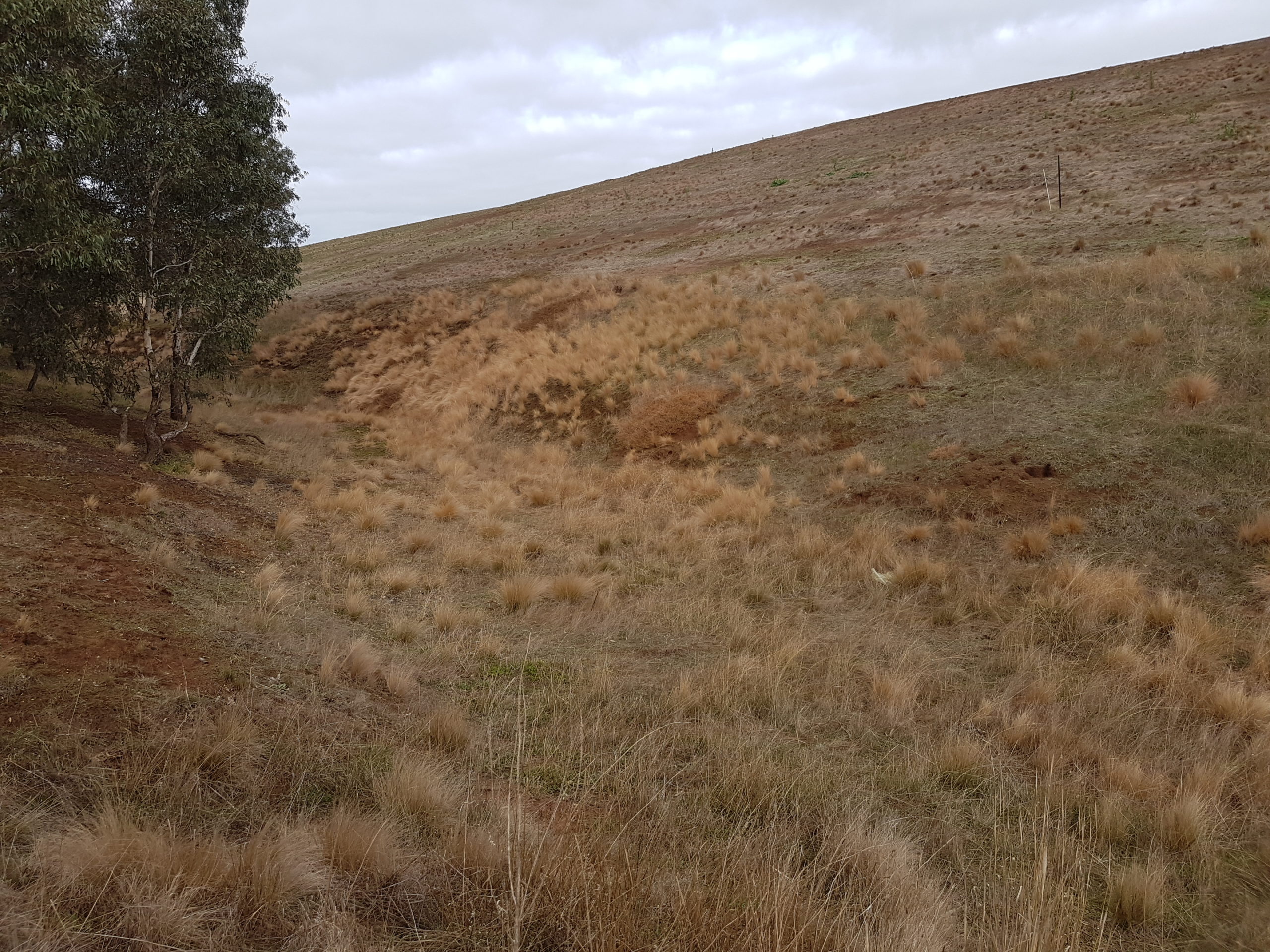Tussock seedlings germinating over autumn break
Now is the time to check your property for the noxious weed serrated tussock (Nassella trichotoma). Victorian Serrated Tussock Working Party (VSTWP) Community Engagement Officer, Ivan Carter said recent rains and an early autumn break in some parts of Victoria has been good for crops, but unfortunately, has also been good for the growth of serrated tussock.
“We’re urging landowners to use any spare time they might have to survey their properties for serrated tussock plants.
“Controlling serrated tussock before the plant goes to seed is critical to prevent further spread, lost productivity and increased costs of control,” Mr Carter said. Serrated tussock can germinate at any time of the year after rain, but mostly in autumn and winter.
Plants and new seedlings can be removed manually using a pick or shovel or spot sprayed using a registered herbicide, depending on the size of the infestation. Newly germinated seedlings will appear bright green, be erect and will stand out from the other grasses in a pasture.
The VSTWP has developed an online video and information sheets to help landowners identify this noxious weed, which can be viewed at www.serratedtussock.com.
Mr Carter said before flowering, serrated tussock has a lime green appearance. When flowering, the flower-heads have a distinctive purple colour developing as the seeds ripen in late spring and early summer. These features help serrated tussock stand out from the native tussock grasses. “Serrated tussock has a fine leaf and will roll smoothly between the index finger and thumb,
while native Poa tussocks feel as though they have flat edges.
“The leaves also feel rough when you run your fingers downwards due to fine serrations. A mature serrated tussock plant can produce thousands of seeds in a season, blowing up to 20 kilometres from the parent plant.
“Controlling mature serrated tussock plants before they flower and seed can be done with a registered herbicide, manual removal or cultivation.
“Having a healthy pasture and competitive ground cover is one of the most important aspects to weed management and serrated tussock is a prime example of a weed that does not like competition and well-established pastures,” Mr Carter said.
Serrated tussock now covers more than 250,000 hectares of land in Victoria and large infestations require ongoing management and the integration of several control techniques.
For further information, please visit www.serratedtussock.com, or contact the VSTWP on info@serratedtussock.com’
